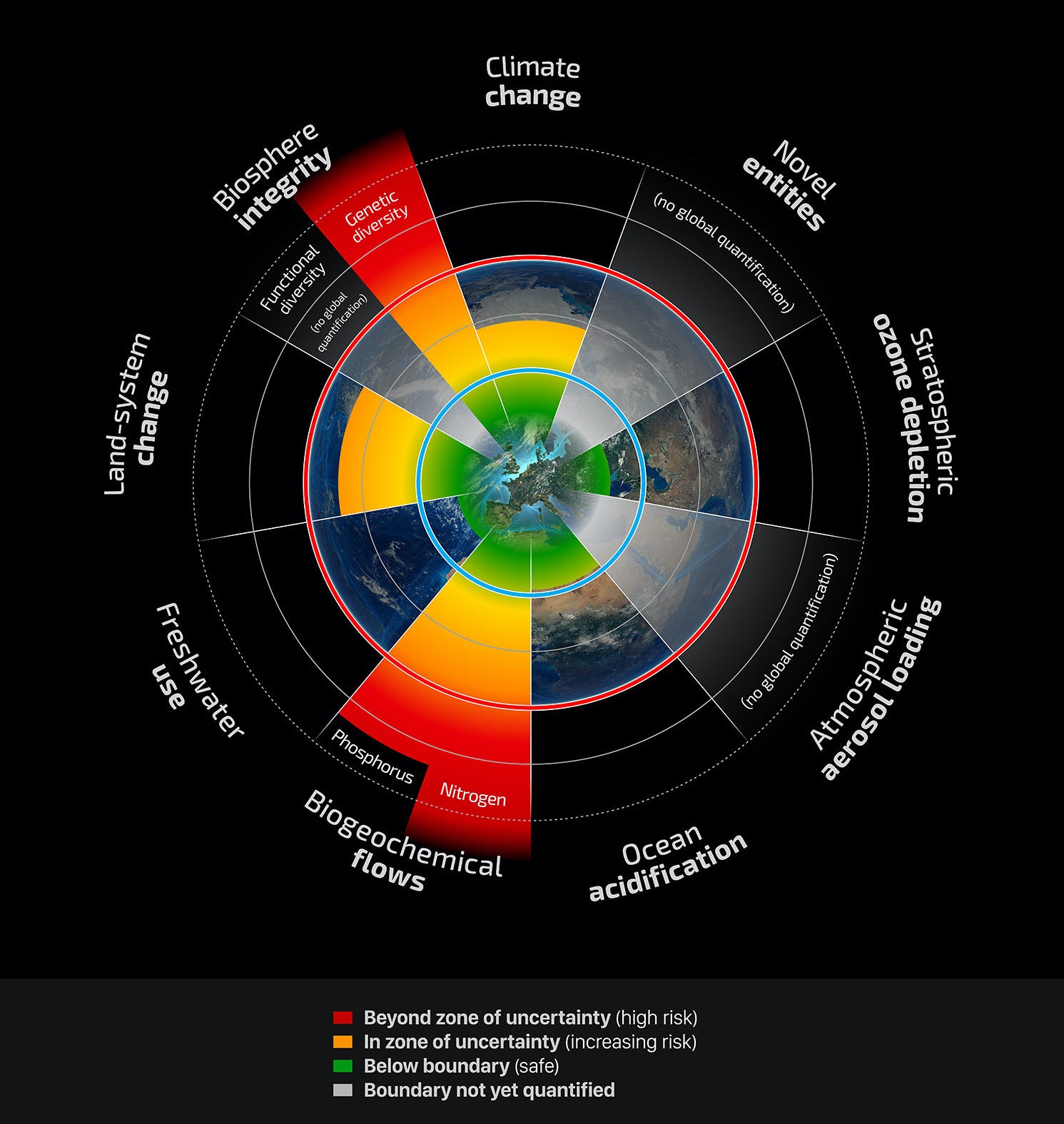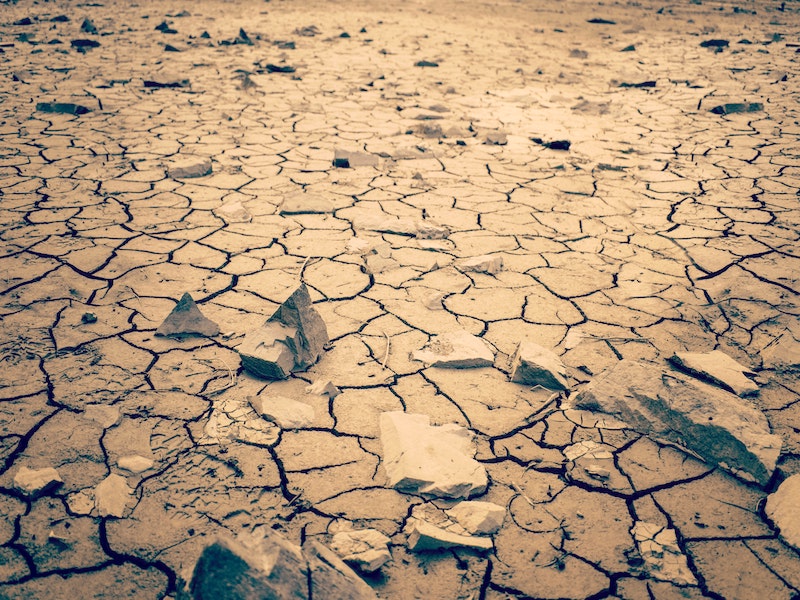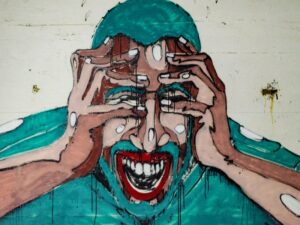A recent letter by eminent scientists expressed their alarm that the climate crisis could lead to social collapse by the end of the century. Climate and Earth Scientists are aware of something the rest of society isn’t. The climate crisis is going to change the world around us. What we need to do is radically transform our society and economy to be prepared for the changes when they happen. In the face of this reality, the optimism we can solve the problem without transforming society and the economy seems to be verging on delusion. What’s required in this alarming situation is realism, but we continue to be told the climate crisis is a solvable challenge.
It is the optimism that the climate crisis is solvable that is so dangerous. Because it gives people the impression things aren’t so bad. Take a recent article by the BBC, that revealed the prospect of there being no snow in the UK by 2060. While some may shed a tear over the possibility of there being no snow, clearly it’s a minor inconvenience compared to social collapse.
It’s the belief systems, stupid
The reality we’re facing is a world of 4 degrees of warming within our lifetimes. The reality we’re facing is biodiversity collapse. The reality we’re facing is sea-level rise that could place the 600 million people (and growing) who live in coastal areas at risk.
We’re fed a belief that each individual has the power to solve the climate crisis. That is not true. It is a myth fed to you to make you believe we are all responsible for the problem, so we all have the power to be part of the solution.
The reality is the problem we’re facing is due to the structure of society and the economy. That structure is the product of beliefs that influence how we come to see the world. And because we’ve always lived within this particular reality, we believe it to be the ‘truth’. That this is how things are done, and how they’ve always been done. It’s inconceivable to imagine structuring society or the economy in any other way.
The core belief systems of society go unquestioned because they are our reality. To question them is to question life itself, and with it, more importantly, it is to question how we come to see ourselves.
One of the core beliefs influencing our identity is the idea a materialistic lifestyle can meet our needs. The more we buy, and consume, the more satisfied our lives will be.
Consumerism is a pillar of the economy, as unquestionable as the idea we need air to breathe.
Consumerism is so crucial to the structure of society because it acts as the fuel of our economy. Through enticing people to buy stuff they don’t need companies are capable of turning a profit.
The profit motive is again, one of the core beliefs of our economic system. Each company competes to entice ‘consumers’ (as we are now referred) to buy their products over their competitors. The subliminal messaging is that by doing so, it will make you more fulfilled.
A host of problems
But an economy arranged around the accumulation of stuff has side effects.
A study on Planetary Boundaries revealed how our behaviour influences nine planetary boundaries we depend on for a healthy environment. The green zone in the diagram is a ‘safe operating zone for humanity’. An area allowing life as we know it to thrive.
Crossing a boundary increases the risk of destabilising the environment. The more pressure we place on a boundary, the further it gets from the safe operating zone, increasing the risk of crossing a tipping point. Crossing a tipping point creates irrevocable changes to the natural world. Changes that could make the environment inhospitable to life as we know it.

We’ve crossed four of the nine boundaries in climate change, loss of biosphere integrity, land system change and altered biogeochemical cycles (which influence the soils impacting our ability to grow food).
The Planetary Boundaries concept helps visualise the alarming situation we find ourselves in. We’re altering the environment around us to the point where we’re in danger of risking our existence.
We’re creating our destruction
We may well be facing a host of major environmental problems, yet the focal point is the climate crisis.
Focusing on the climate crisis alone simplifies just how massive the problem is. Doing so serves an essential purpose because the climate crisis has a compelling and easy to understand solution.
To solve the problem, we need to reduce our carbon emissions. At present, the goal of each country is to reach ‘net zero’ emissions by 2050. Net-zero doesn’t mean there are zero emissions, but there is a balance between carbon emitted into the atmosphere and carbon removed from the atmosphere.
The assumption made is that if we can reduce carbon emissions, it will solve the problem as the underlying system works just fine. We only need to make a couple of adjustments, and free-market capitalism can thrive in a low-carbon world.
What this approach neglects is that carbon emissions are an effect of the problem. Reducing emissions may well reduce a symptom of the problem (aggressive changes to the climate), but it doesn’t eliminate the causes of the problem.
That’s because the cause of the problem is the belief systems feeding our behaviour.
You will never truly solve the problem unless you stop the cause. But to question the causes of environmental destruction is to question the fabric of society itself.
Doing so would create massive tension between our reality, and the fact the only way to solve the problem is to change that reality.
The idea that this reality is causing our destruction is impossible for us to deal with. No one wants to admit it (apart from those preeminent scientists). In fact, due to our psychology, we are not able to face the facts.
Cognitive dissonance
Why? Because of cognitive dissonance. In his famous book, When Prophecy Fails, Leon Festinger argued that when faced with information that contradicts our belief system, it creates internal conflict. After all, our beliefs are what come to define us. And so, rather than giving up the belief, we reinterpret the information to complement the belief.
Festinger called this cognitive dissonance, and you can see dissonance everywhere you look regarding the climate crisis.
That BBC article from the Chief Environmental Correspondent is our dissonance at work. While scientists tell us we must start to prepare for collapse, we are being informed of the tragedy of there being no snow in forty years.
Those who do know collapse is a possibility are trying to convince others of the need to change. But the necessary social change required won’t happen, for the simple reason that our dissonance sees no need to make radical changes.
Our dissonance means we can’t see that the belief system creating the problem, can’t also be the belief system that works to solve it.
Caught in a trap
In the climate we face, our belief systems define us, but they also trap us into a worldview that compels us to continue doing what we’ve always done. Even when doing so is leading to our demise.
Because most people don’t see the need for radical change; most people don’t believe the problem is that big of a deal. So blinded by their desire to maintain the system as it is, they ignore the problem, or their dissonance reinterprets the evidence to provide the illusion the problem is solvable.
While this is time for realism, our dissonance and desperation to maintain the belief systems that make up our reality, mean as a society, we have little option but to remain optimistic.
Unfortunately, we have changed the world around us to such an extent, that we are now slaves to an uncertain future. The best thing we can do is to think about what a truly sustainable world would look like. One that works in harmony with the environment while giving each person a platform to thrive.
While no one wants social collapse, it may well be the only opportunity to redesign society and the economy. It’s difficult to accept, but sometimes destruction is necessary for renewal. At present, a sustainable society feels like a pipedream because the belief systems feeding the current social structure make the vision unviable.
If the environmental challenges we face lead to social collapse, who knows, out of the ashes of this system, a new dawn will be born. But that vision can only happen when this system comes to an end. And it is doing an exceptional job of destroying itself.



